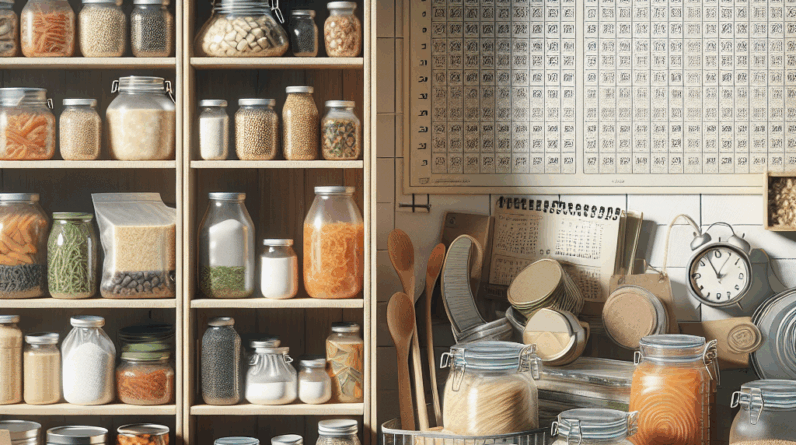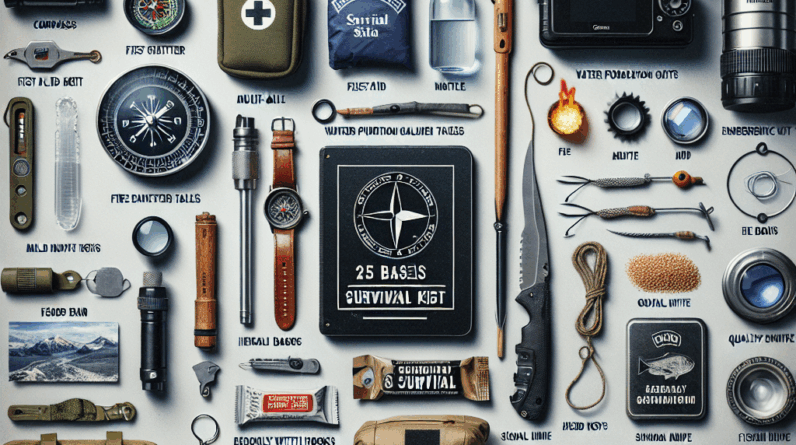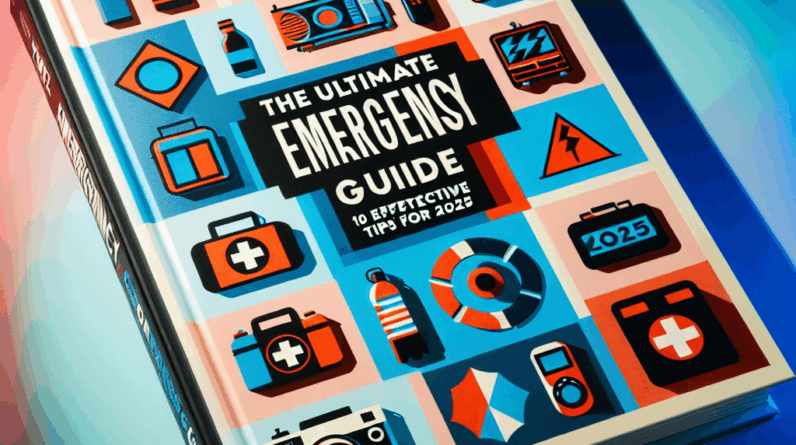
As we approach 2025, having a robust plan for emergency water storage is more crucial than ever. This comprehensive guide will walk you through the best strategies to ensure you and your loved ones remain hydrated and safe during unforeseen events.
Choose the Right Containers for Emergency Water Storage
Selecting the appropriate containers is crucial for your emergency water storage needs. Opt for food-grade, BPA-free plastics like HDPE, which are known for their durability and resistance to UV light and leaks. It’s essential to use containers marked as ‘food-safe’ to avoid chemical leaching into the water. Features like sturdy, tight-fitting lids and handles can make transportation easier, while containers with spigots offer convenient water dispensing.
Clean and Maintain Your Water Storage Containers
Start with thoroughly cleaning new containers using soapy water and a bleach solution to sanitize them. Ensure they are completely dry before use to prevent mold and bacteria proliferation. Regular maintenance, including checking for leaks and cleaning every six months, is vital to keep your water safe. Store your containers in a cool, dark place to protect the integrity of the container material and water quality.
Prioritize Water Filtration and Purification
Stored water can become contaminated; thus, having reliable filtration systems is essential. Consider options like ceramic filters, carbon filters, or UV purifiers to remove impurities and pathogens. Don’t forget traditional methods like boiling or chemical treatments with iodine or bleach for effective water purification.
Stockpile Water According to Your Needs
Calculate your water needs based on the number of people in your household and the expected length of emergency situations. Store at least one gallon per person per day. Include additional supplies if you live in a hot climate or have special needs. Use clearly labeled containers to manage and ration your water effectively during emergencies.
Implement Smart Storage Practices
Choose a secure, dark, and cool storage location like a basement or closet to extend the water’s shelf life. Keep water away from harmful chemicals and ensure containers are elevated to avoid potential contamination. Accessibility and safety should guide the organization of your water storage.
Regularly Test and Rotate Your Water
Test your water quality every six to twelve months and rotate it as needed to maintain freshness. Implement a ‘first-in, first-out’ rotation system to use the oldest stored water first and replace it with fresh supplies. This practice ensures your water remains palatable and safe.
Prepare for Long-term Storage Solutions
For extended storage periods, invest in advanced storage options like inert tanks or emergency vaults designed for long-term use. Stay informed about local regulations and maintain a detailed log of your storage to manage it effectively.
Frequently Asked Questions
1. What are the best containers for emergency water storage in 2025?
Food-grade, BPA-free plastics like HDPE are ideal for safety and durability. Make sure they have secure lids and are labeled for food use.
2. How much emergency water should I store for my family?
Store at least three gallons per person per day for a minimum of three days, considering more for larger families or hotter climates.
3. How often should I rotate and test my stored water?
Rotate your water every six to twelve months and test for quality regularly to ensure safety and reliability.
4. What are the best water purification methods for emergency storage?
Boiling, filtration systems, and chemical treatments are effective. Use a combination of methods to ensure the highest water safety in emergencies.
5. Why is emergency water storage important in 2025?
Given the increasing unpredictability of climate and urban infrastructure challenges, maintaining an emergency water supply is critical for preparedness and safety.
In conclusion, adopting these seven strategies for emergency water storage prepares you to handle crises effectively, ensuring access to clean and safe water.




